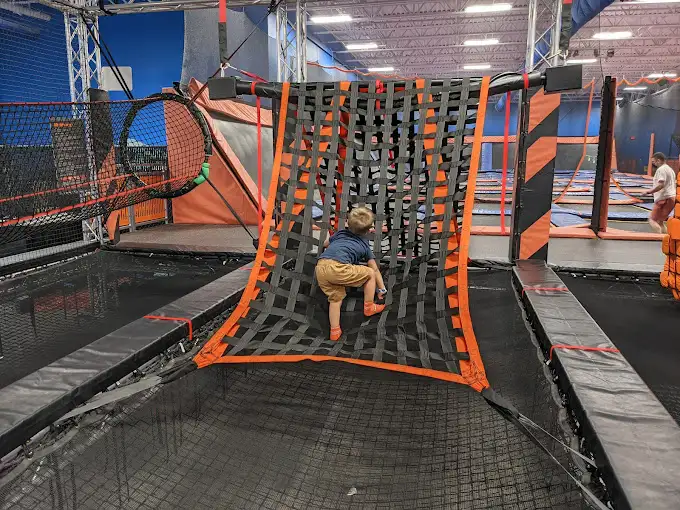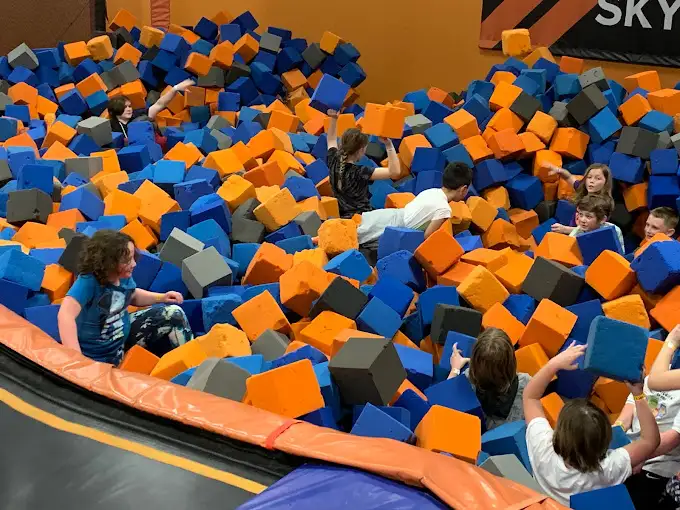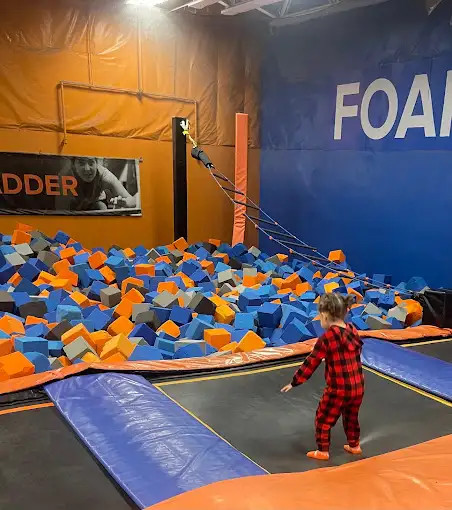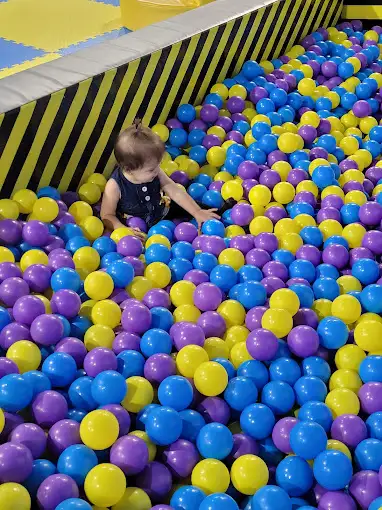Home NewsCompany News
Trampoline parks have skyrocketed in popularity in recent years, offering an exhilarating experience for kids and adults alike. But just how much does it cost to set up one of these gravity-defying wonderlands? Let's dive into the world of trampoline park equipment and its associated expenses.

Trampoline Park Equipment:
At the heart of every trampoline park lies its equipment. From sturdy frames to bouncy surfaces, the quality and variety of equipment can greatly influence the cost. Trampoline park equipment manufacturers offer a range of options, from basic setups to intricate designs tailored to specific themes.
1.Basic Equipment: This typically includes trampoline mats, safety nets, steel frames, foam pits, and padding. Prices for basic setups can vary depending on the size of the park and the quality of materials used.
2.Advanced Features: Some trampoline parks opt for additional features to enhance the experience. This may include dodgeball courts, basketball hoops, climbing walls, obstacle courses, and foam pit attractions. Each of these features adds to the overall cost but can significantly increase the park's appeal.
3.Customization: Many park owners choose to customize their equipment to fit a specific theme or branding. This could involve unique color schemes, branded padding, or even custom-built structures. While customization adds a personal touch, it also comes with added expenses.

Factors Influencing Cost:
Several factors influence the cost of setting up a trampoline park:
1.Size of the Park: Larger parks require more equipment, space, and maintenance, consequently driving up costs.
2.Location: The cost of real estate varies greatly depending on the location of the park. Parks situated in prime urban areas may face higher rental or purchase prices.
3.Regulations and Safety Standards: Compliance with safety regulations is paramount in the trampoline park industry. Meeting these standards may entail additional expenses for safety inspections, certifications, and insurance.
4.Marketing and Branding: Promoting the park and establishing a strong brand identity are essential for attracting customers. Marketing expenses, including advertising campaigns and promotional events, should be factored into the overall cost.

Investment and Returns:
While the initial investment in a trampoline park can be substantial, the potential returns are equally promising. Revenue streams typically include entrance fees, party bookings, merchandise sales, and concessions.
1.Entrance Fees: Charging a fee for entry is the primary source of revenue for trampoline parks. Prices may vary based on factors such as peak hours, age groups, and special events.
2.Party Bookings: Hosting birthday parties, corporate events, and group gatherings can generate significant income for trampoline parks. Offering party packages with added amenities can further boost revenue.
3.Merchandise and Concessions: Selling merchandise like branded apparel, socks, and accessories can provide additional revenue streams. Concession stands offering snacks and refreshments can also contribute to profits.

Conclusion:
In conclusion, the cost of setting up a trampoline park can vary widely depending on factors such as equipment quality, park size, location, and customization. While the initial investment may be substantial, the potential returns and the thrill of seeing visitors bouncing with joy make it a worthwhile venture for many entrepreneurs. With careful planning, attention to safety, and a commitment to delivering an unforgettable experience, trampoline parks continue to soar to new heights in the world of indoor entertainment.
Copyright © 2024 Wenzhou Zhenghan Play Equipment Co.ltd
